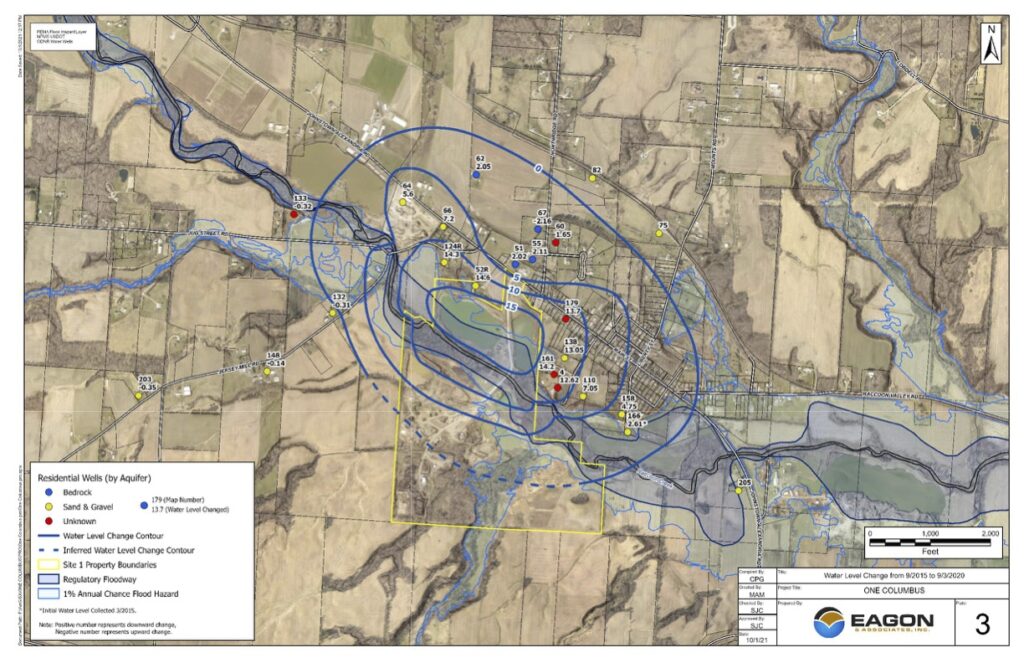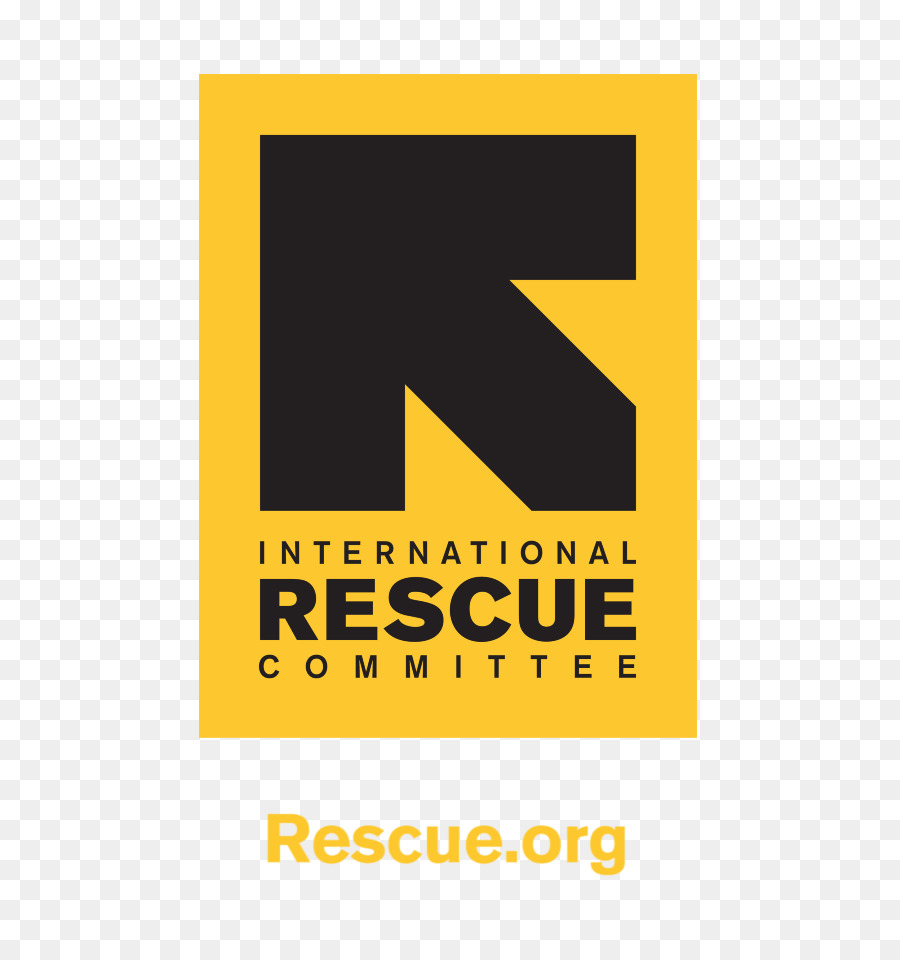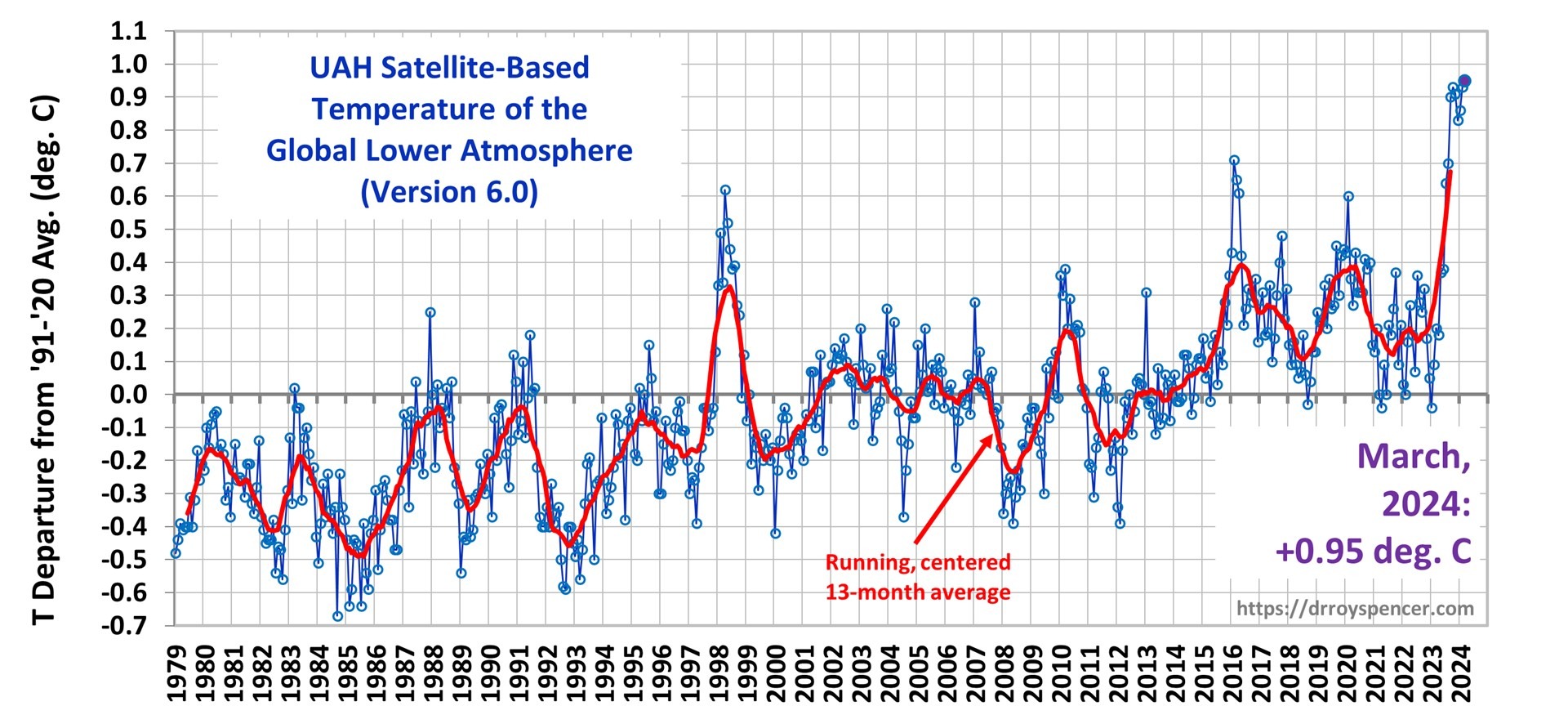Sustainable Development Goals (SDGs) Contest

Enter to Win Exciting Prizes!
By participating in this contest, you have the chance to win amazing prizes including:
- Round-Trip Air Fare on Boutique Air
- Night Stay at Marcus Whitman Hotel
- Stihl Blower
- Custom Boulder
- And much more!
To enter the contest, please fill out the form below:
By submitting the form, you agree to the contest rules. Please read the rules here.
Sustainable Development Goals (SDGs)
Introduction
The Sustainable Development Goals (SDGs) are a set of global goals established by the United Nations to address various social, economic, and environmental challenges faced by the world. These goals aim to promote sustainable development and improve the lives of people everywhere.
Importance of SDGs
The SDGs are crucial for achieving a more sustainable and equitable future. They provide a framework for countries and organizations to work together towards common objectives. By focusing on these goals, we can address issues such as poverty, inequality, climate change, and environmental degradation.
SDGs and Our Contest
Our contest aligns with the SDGs by promoting sustainable development and raising awareness about the importance of these goals. By participating in the contest, you not only have a chance to win exciting prizes but also contribute to the global efforts towards achieving the SDGs.
Conclusion
The Sustainable Development Goals (SDGs) are a powerful tool for creating positive change in the world. Through our contest, we aim to engage individuals and organizations in supporting these goals and working towards a more sustainable future for all.
H2: Sustainable Development Goals (SDGs), Targets, and Indicators in the Article
H3: 1. SDGs Addressed or Connected to the Issues Highlighted in the Article
– SDG 6: Clean Water and Sanitation
– SDG 11: Sustainable Cities and Communities
– SDG 12: Responsible Consumption and Production
H3: 2. Specific Targets Under Those SDGs Based on the Article’s Content
– SDG 6.1: By 2030, achieve universal and equitable access to safe and affordable drinking water for all.
– SDG 11.6: By 2030, reduce the adverse per capita environmental impact of cities, including by paying special attention to air quality and municipal and other waste management.
– SDG 12.4: By 2020, achieve the environmentally sound management of chemicals and all wastes throughout their life cycle, in accordance with agreed international frameworks, and significantly reduce their release to air, water, and soil to minimize their adverse impacts on human health and the environment.
H3: 3. Indicators Mentioned or Implied in the Article to Measure Progress towards the Identified Targets
– Indicator 6.1.1: Proportion of the population using safely managed drinking water services.
– Indicator 11.6.1: Proportion of urban solid waste regularly collected and with adequate final discharge out of total urban solid waste generated, by cities.
– Indicator 12.4.1: Number of parties to international multilateral environmental agreements on hazardous waste, and other chemicals that meet their commitments and obligations in transmitting information as required by each relevant agreement.
H2: Table: SDGs, Targets, and Indicators
| SDGs | Targets | Indicators |
|————————————–|———————————————————————————————————————-|—————————-|
| SDG 6: Clean Water and Sanitation | 6.1: By 2030, achieve universal and equitable access to safe and affordable drinking water for all. | 6.1.1: Proportion of the population using safely managed drinking water services. |
| SDG 11: Sustainable Cities and Communities | 11.6: By 2030, reduce the adverse per capita environmental impact of cities, including by paying special attention to air quality and municipal and other waste management. | 11.6.1: Proportion of urban solid waste regularly collected and with adequate final discharge out of total urban solid waste generated, by cities. |
| SDG 12: Responsible Consumption and Production | 12.4: By 2020, achieve the environmentally sound management of chemicals and all wastes throughout their life cycle, in accordance with agreed international frameworks, and significantly reduce their release to air, water, and soil to minimize their adverse impacts on human health and the environment. | 12.4.1: Number of parties to international multilateral environmental agreements on hazardous waste, and other chemicals that meet their commitments and obligations in transmitting information as required by each relevant agreement. |
Source: elkhornmediagroup.com







